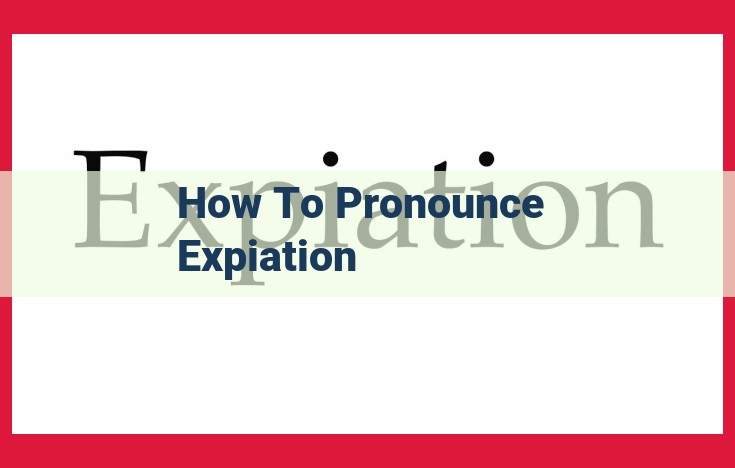
Optimize Speech Production: Enhancing Communication Through Phonetics, Phonology, And Speech Therapy
Understanding speech production involves studying phonetics (sound production) and phonology (sound patterns). Pronunciation aids like guides and the IPA ensure clarity. Speech therapists play a crucial role in identifying and treating speech disorders, enhancing communication abilities.
Understanding Speech Production and Patterns: A Comprehensive Guide
Introduction:
In the intricate tapestry of human communication, speech stands as a remarkable tool that allows us to express our thoughts, emotions, and ideas. To understand its complexities, we must delve into the fascinating fields of phonetics and phonology.
Phonetics: The Science of Sound Production
Phonetics is the scientific study of speech sounds. It investigates the production and perception of sounds, examining their articulation, acoustics, and how they combine to form syllables, words, and sentences. By understanding the mechanics of sound production, phoneticians shed light on the physiological processes involved in speaking.
Phonology: Exploring Sound Patterns
Phonology, on the other hand, focuses on the sound patterns within languages. It investigates how sounds are organized, combined, and altered to create meaningful speech. Phonologists analyze the constraints that govern the use of sounds and the underlying systems that govern their distribution. By understanding sound patterns, we gain insights into the structure and organization of language itself.
Pronunciation Aids for Clarity: Ensuring Accurate Communication
Pronunciation, the way we produce speech sounds, is crucial for effective communication. To enhance clarity and avoid misunderstandings, let's delve into the importance of pronunciation guides and the International Phonetic Alphabet (IPA).
Pronunciation guides are valuable tools that provide standardized instructions on how to pronounce words. They use diacritics, special symbols that mark specific sound variations, to ensure accurate pronunciation. For instance, the word "through" can be pronounced either with a "th" sound (/θruː/) or a "f" sound (/fruː/), depending on regional dialect and specific context. Pronunciation guides eliminate ambiguity, ensuring that listeners clearly understand the intended meaning.
The International Phonetic Alphabet (IPA) is a universally recognized system of symbols that represents each speech sound in a word. It provides a precise, scientific way to transcribe spoken language, regardless of language or dialect. By using IPA symbols, pronunciation guides can convey the exact pronunciation of any word, even those from unfamiliar languages. This standardization eliminates confusion and facilitates effective communication across cultural and linguistic barriers.
Speech Professionals: Guardians of Language Development
As humans, language is our primary tool for communication, enabling us to express ourselves and connect with others. But sometimes, our ability to produce sounds and words can be hindered by speech disorders. This is where speech professionals step in—guardians of language development who help individuals overcome these challenges and unlock their full communication potential.
Speech therapists, also known as speech-language pathologists, are highly trained professionals who specialize in identifying, diagnosing, and treating speech disorders. They work with individuals of all ages, from infants to adults, who may have difficulties with:
- Articulation (producing speech sounds correctly)
- Language (understanding and using language)
- Fluency (speaking smoothly and without interruptions)
- Voice (producing vocal sounds with clarity)
Speech therapists use a variety of techniques and strategies to assess and treat speech disorders. They may employ:
- Articulation therapy: Practicing specific sound production exercises to improve pronunciation.
- Language therapy: Enhancing comprehension, vocabulary, and grammar skills.
- Fluency therapy: Developing strategies to reduce stuttering or other disfluencies.
- Voice therapy: Improving vocal quality, pitch, and resonance.
The role of speech therapists extends beyond treating speech disorders. They also play a crucial part in promoting language development in children. They can help infants and toddlers develop their early communication skills, such as babbling and first words. For older children, speech therapists can support reading and writing development through literacy-based interventions.
In summary, speech professionals are invaluable resources for individuals with speech challenges and for promoting language development in children. Their expertise and dedication empower people to communicate effectively, build confidence, and unlock their potential.
Related Topics:
- Master Pronunciation With Phonetics, Phonology, And The Ipa: A Comprehensive Guide
- Water In Arabic: A Comprehensive Guide To Pronunciation And Vocabulary
- Debunking The Pronunciation Of “Ratio”: A Comprehensive Guide
- Unlocking The Linguistic Landscape Of “Blue”: A Comprehensive Spelling Guide
- Understanding “Langue”: The French Word For “Language”